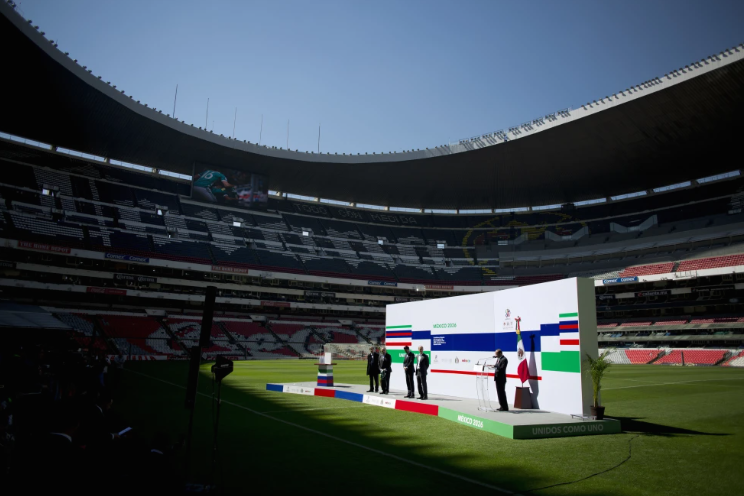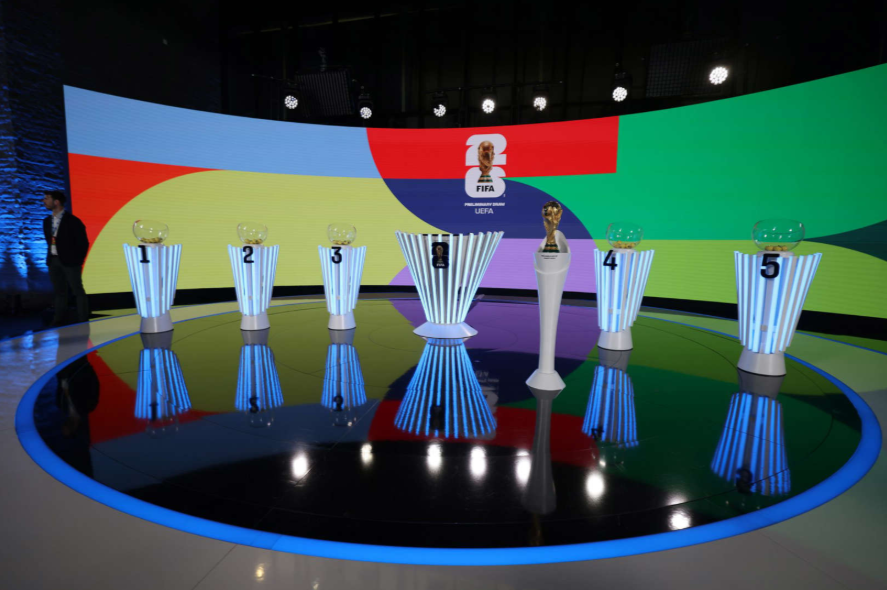The FIFA World Cup is one of the biggest and most celebrated sporting events in the world. In 2026, the tournament will be hosted jointly by the United States, Canada, and Mexico. While fans across the globe are excited about seeing their favorite teams compete, there is a growing shadow behind the glitz and glamour. The concerns go beyond the game itself touching issues like workers’ rights, environmental damage, community displacement, and commercial exploitation.
Stadium Construction and Labor Conditions
Critics often focus on how organizers treat workers during stadium construction at any World Cup. Although countries hosting the 2026 edition enforce stronger labor laws than places like Qatar in 2022, labor-related issues persist.

Some stadiums are being built from scratch, and others are undergoing major upgrades. Workers involved in these projects have raised concerns about long hours, low pay, and a lack of safety measures.
Developers and contractors in the U.S. often rely on temporary labor for large construction projects. Labor unions warn that some immigrant workers may be vulnerable to exploitation, especially if they lack legal protection or fear deportation. Though the scale of abuse may not be as severe as in other countries, the risks remain.
Displacement of Local Communities
Hosting a World Cup is expensive, and the need for new infrastructure stadiums, hotels, transport systems often leads to changes in local community Reports indicate that redevelopment projects in cities like Los Angeles, New York, and Mexico City have pushed out low-income residents.

For example, in some neighborhoods close to the stadiums, landlords have increased rents, hoping to profit from tourism during the event. Critics say the event is fueling gentrification and harming vulnerable communities.
Commercialization and Profit Over People
Another growing concern is how much the tournament serves corporations over communities. Major brands pay millions to become sponsors, and in return, they get exclusive advertising rights, control over food and beverage sales, and other benefits.
Local vendors in Mexico and street sellers in the U.S. may find themselves banned from selling near stadiums because of FIFA’s strict commercial rules. For many people, the World Cup becomes a symbol of profit-making rather than celebration.

